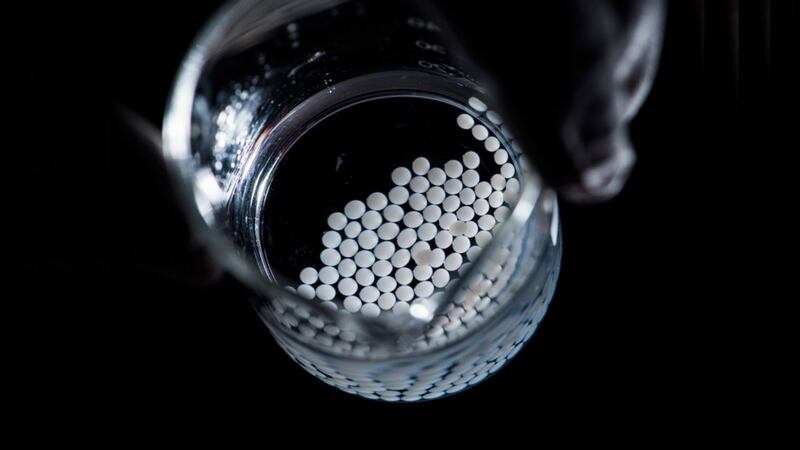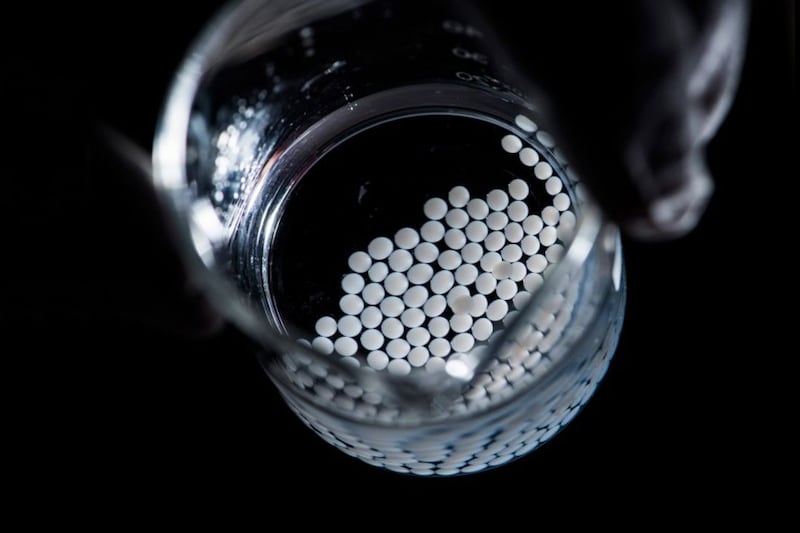Much has been talked about microplastics polluting the ocean and endangering marine life, but now, a group of scientists say they have found a solution to the problem: biodegradable microbeads.
Researchers from the University of Bath have developed a sustainable alternative to microbeads – used in toothpastes, showergels and facewash – by using cellulose, a substance found in a plant’s cell walls.
The tiny beads are made using a solution of cellulose forced through tiny holes in a tubular membrane, which creates spherical droplets of the solution.
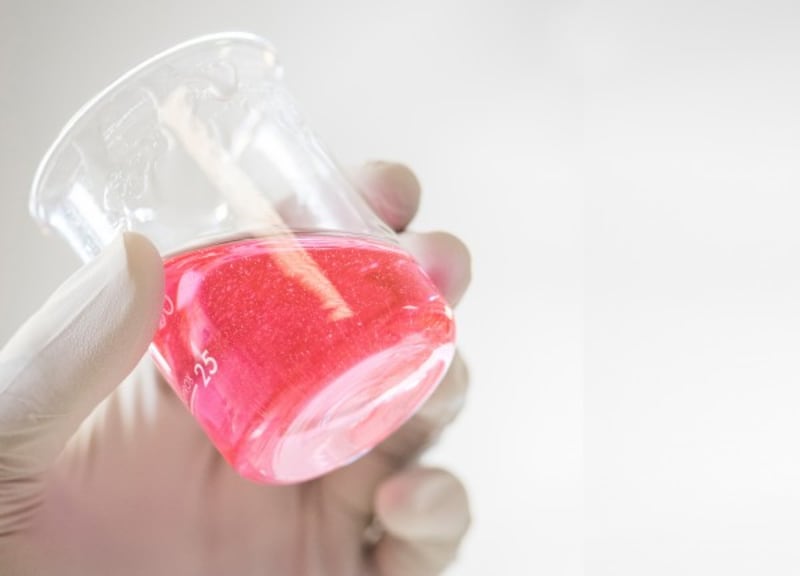
These droplets are washed away from the membrane using vegetable oil and the beads are later separated from oil for use.
Study author Dr Janet Scott said: “Microbeads used in the cosmetics industry are often made of polyethylene or polypropylene, which are cheap and easy to make.
“However, these polymers are derived from oil and they take hundreds of years to break down in the environment.
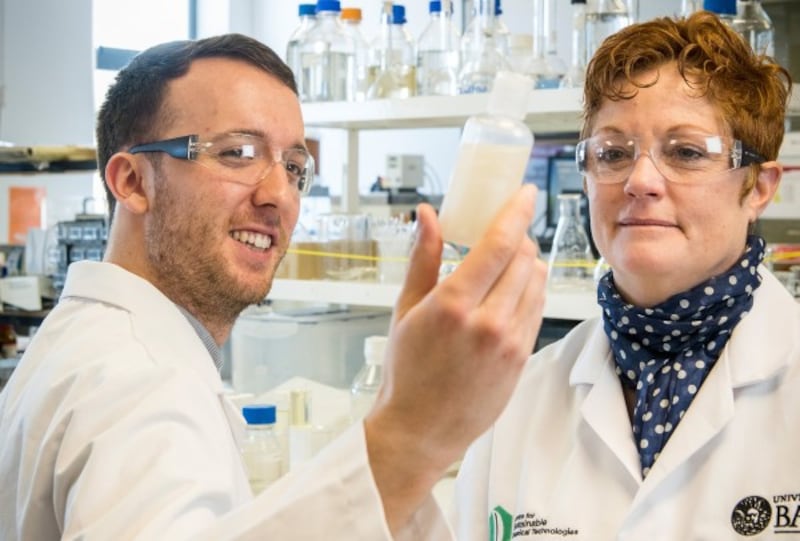
“We’ve developed a way of making microbeads from cellulose, which is not only from a renewable source, but also biodegrades into harmless sugars.
“We hope in the future these could be used as a direct replacement for plastic microbeads.”
Microbeads are tiny spheres of plastic less than 0.5mm in size. They are too small to be removed by sewage filtration systems and end up in rivers and oceans, where they are ingested by birds, fish and other marine life.
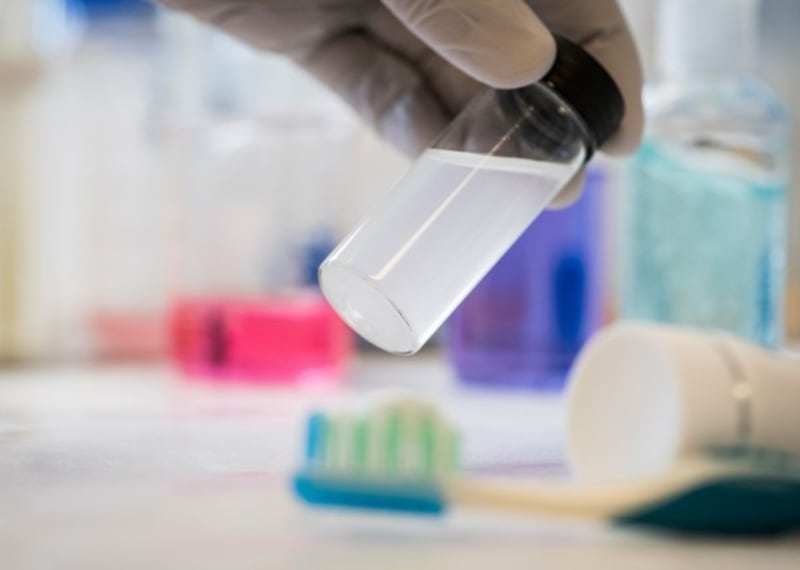
It is estimated that a single shower can result in 100,000 plastic particles entering the ocean. About eight million tonnes of plastic enters the ocean each year.
The Government plans to ban microbeads this year following campaigns from various environmental groups.
Scientists say they can alter the physical properties of their biodegradable beads and make them harder or softer by changing the structure of the cellulose.
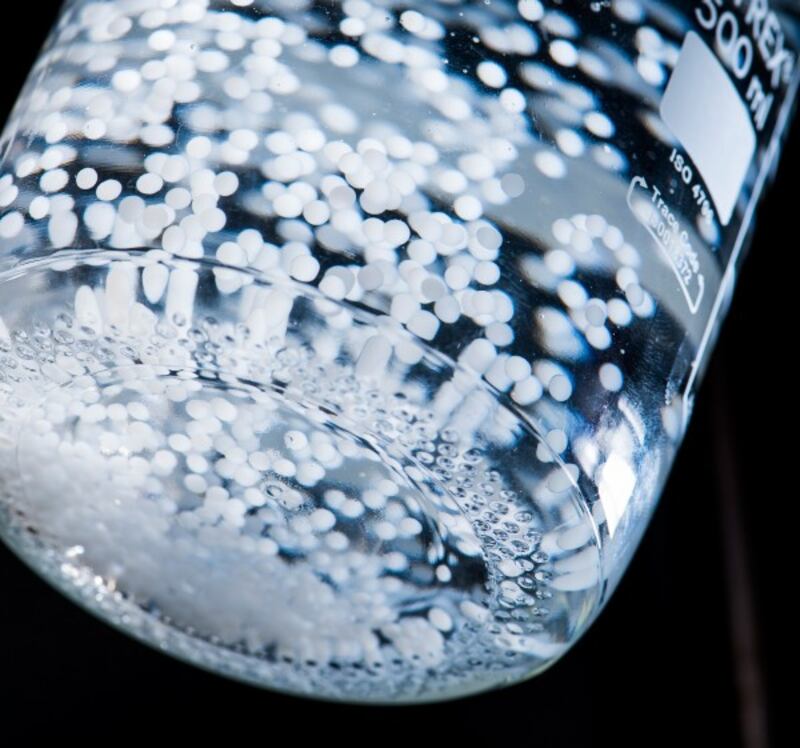
They say these microbeads are robust enough to remain stable in a body wash, but can be broken down by organisms at the sewage treatment works, or in the environment over a short period of time.
Researchers believe that they could use cellulose from a range of waste sources, such as from the paper-making industry, as a renewable source of raw material.
The research is published in the journal ACS Sustainable Chemistry and Engineering.
